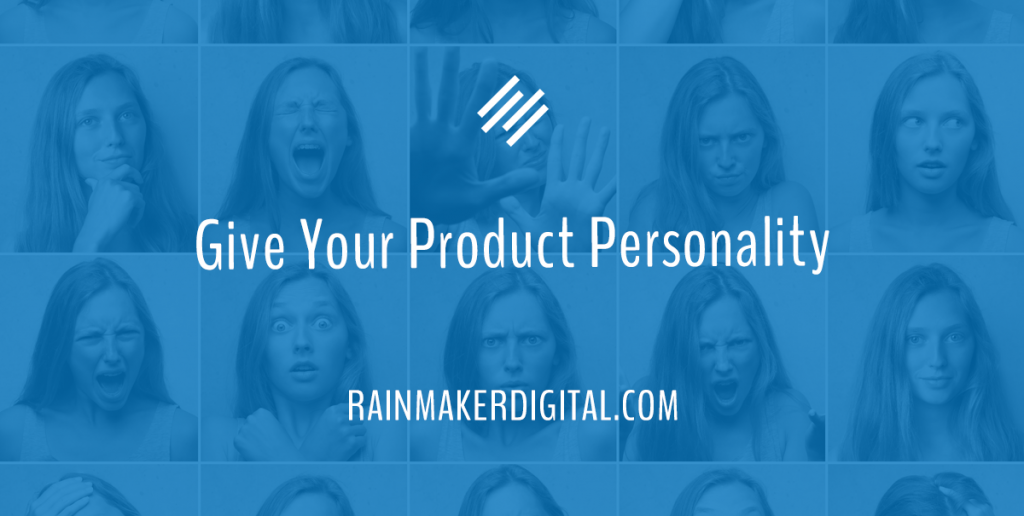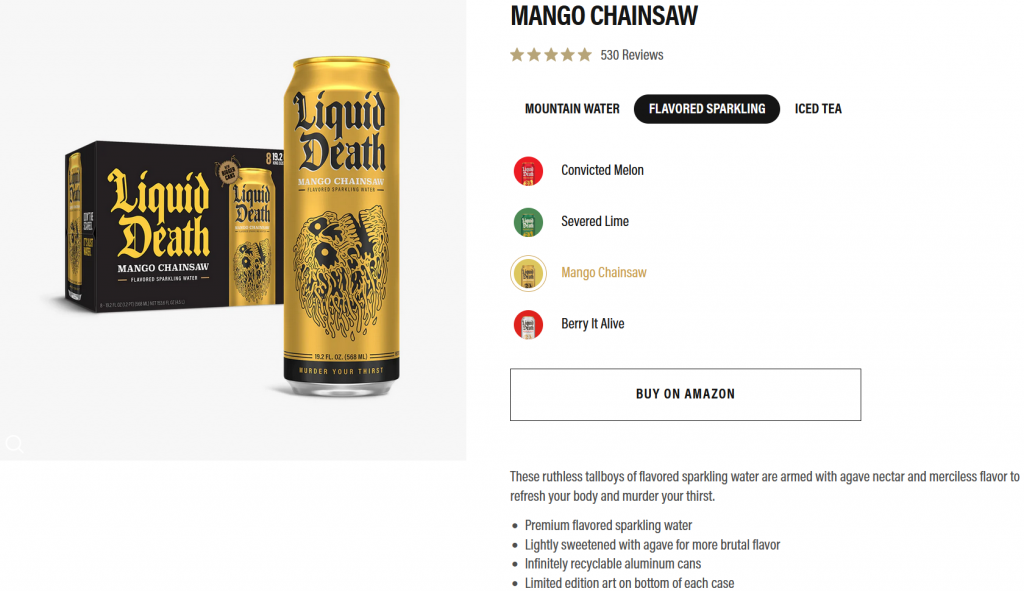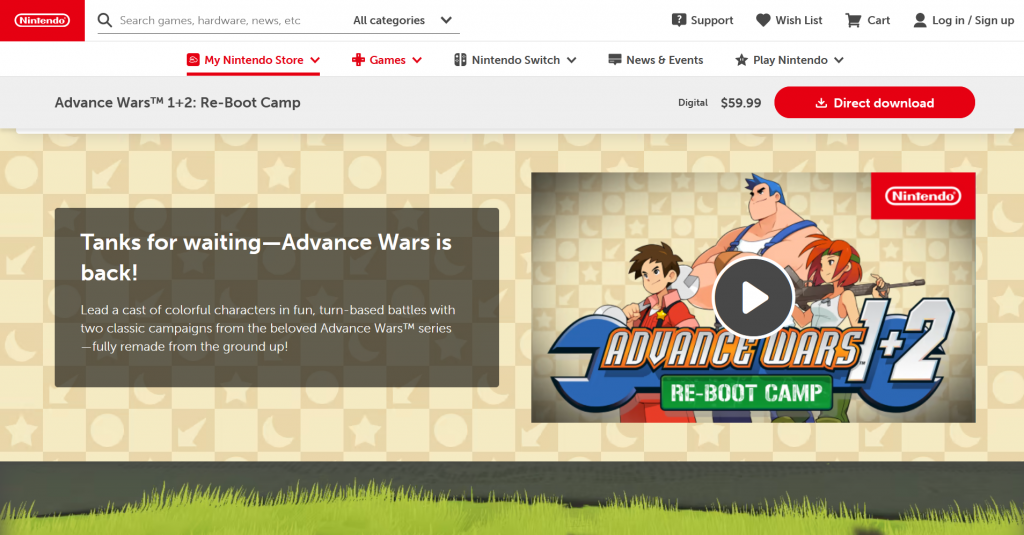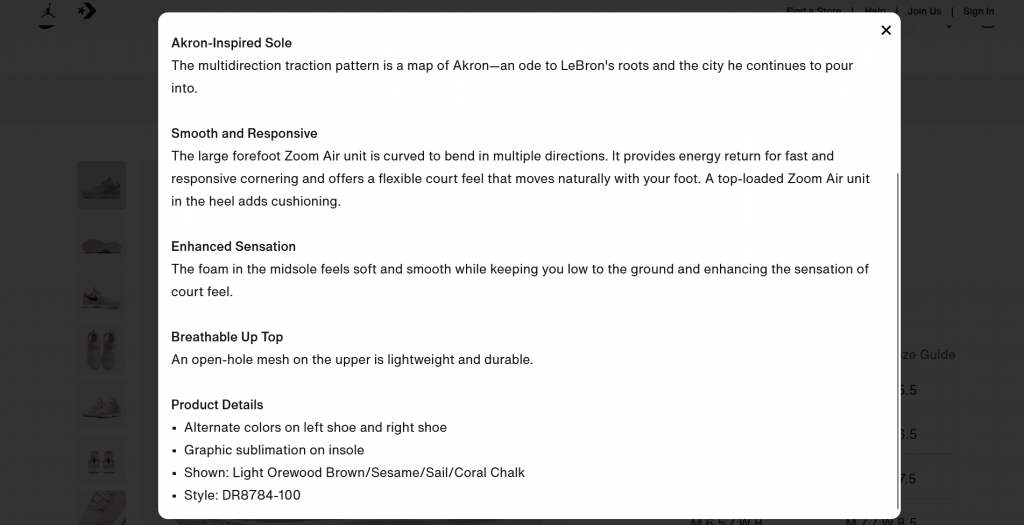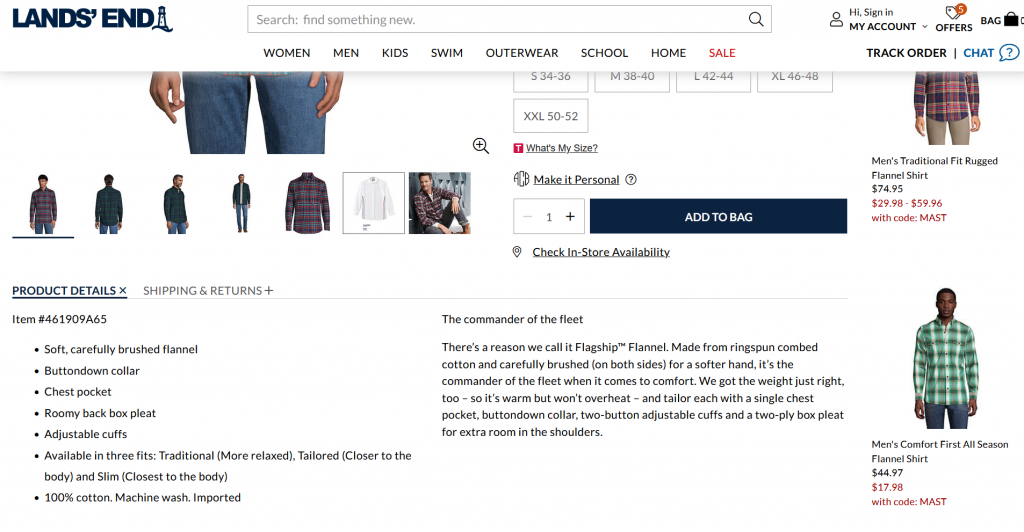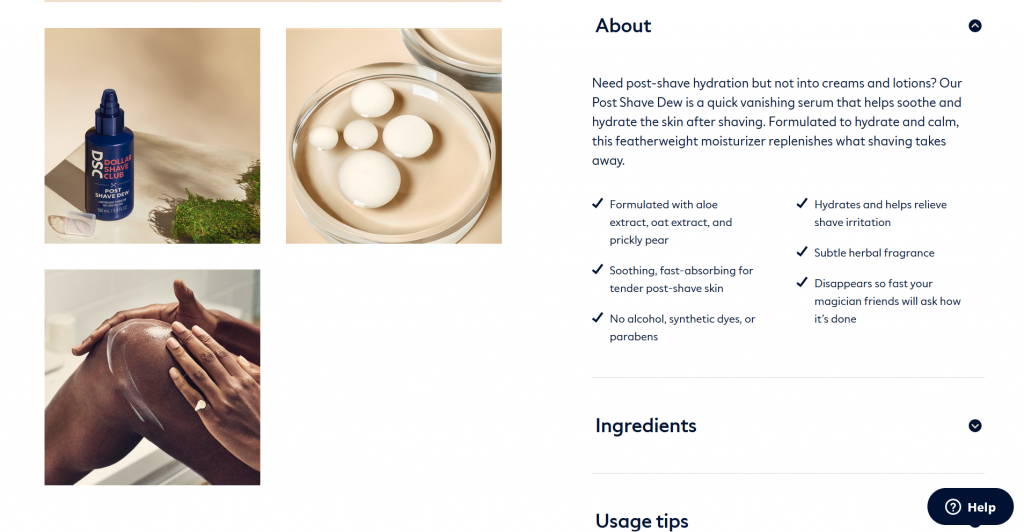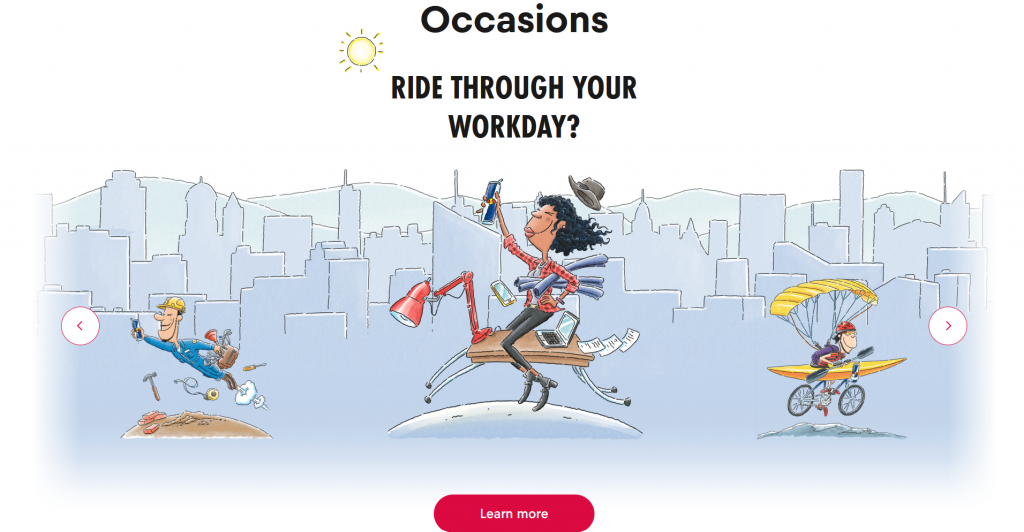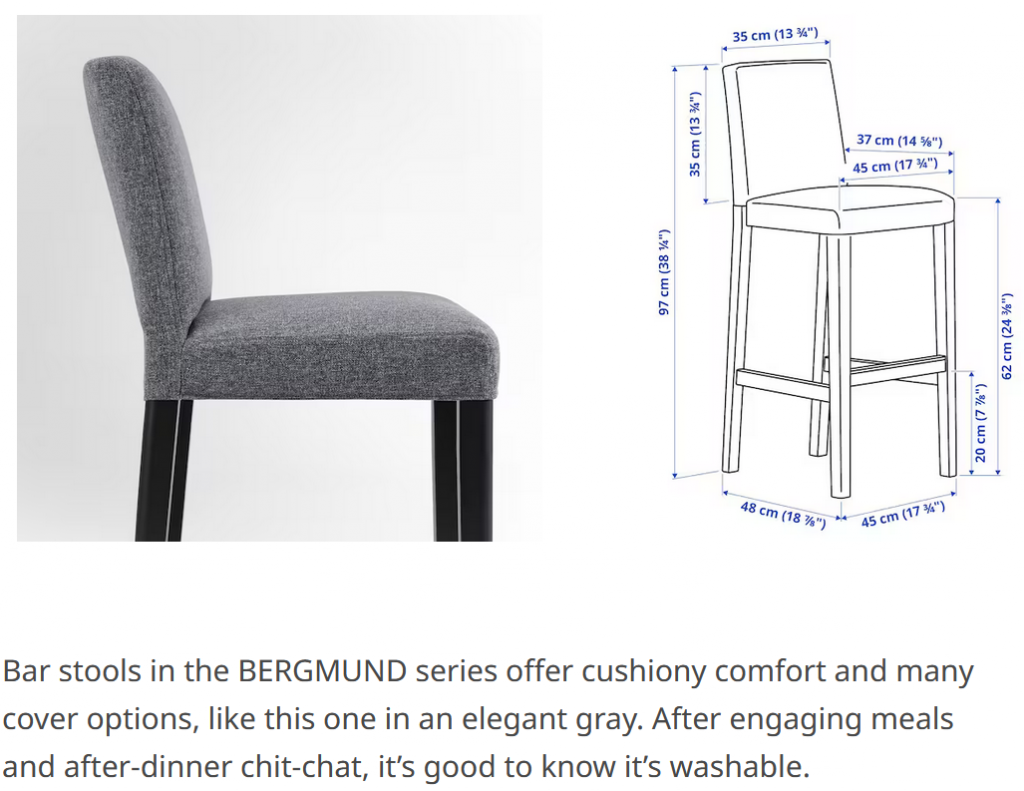I’ve written and edited literally thousands of item descriptions.
Several years ago, I worked for a distributor. Part of my job was putting together item descriptions — either writing new ones or rewording what we got from the manufacturer. Just about every description I wrote was dry and boring.
But they don’t have to be.
Every brand has a personality, and your products should reflect it. Personality sells. One of my favorite examples is Liquid Death, which is … just … water. But it’s water with great marketing.
I can’t decide whether to be amused or annoyed by this effervescent branding (it’s just sparkling water), but it’s working. Your brand can use the same techniques to sell. Here’s how to write a product description with personality.
Put Consistency First
Your brand voice has to be consistent everywhere your audience finds it. Social media, website, TV, radio, outdoor … anywhere you’re present, it must be the same. Think of Coca Cola, McDonald’s or Nintendo. Look at this example of Nintendo using their personality for their website and social media.
Here’s an example of product copy from the website:
And the @NintendoAmerica Twitter account:
When people come in contact with your product, they need to know that it’s associated with your brand. This is doubly important if you’re selling on other platforms like Amazon, Walmart.com or eBay. Make sure there’s no difference between channels.
Personality Won’t Fix a Lack of Substance
You’ve probably been on a date with someone who was fun and enjoyable to talk to — but never an option for a more serious relationship. You might have a good time on the date, but you wouldn’t trust them. Products work the same way.
To build trust in a product, buyers need hard information. Personality adds to and highlights that information. You can sell a product without personality — but without concrete information, people have no reason to buy.
Even brands which have a strong personality and a unique selling point don’t lean on personality alone. Take Nike; their “Just Do It” slogan has a strong theme of self-reliance and ambition for the brand, but their copy also includes a lot of specific details. See this example from one of the LeBron James-branded sneakers in their line:
You need strong benefits in the product copy first. Then, and only then, focus on the personality.
Tell a Story
A good story sets the stage for product personality. To use a story, don’t just say the bare facts of what you’re trying to convey. Choose a person to talk to or affect.
The usual place you’d tell that story would be in body copy, as in this Lands’ End example:
But it doesn’t have to be.
Dollar Shave Club is a good example of telling a story in your product details. DSC is a straightforward brand with a simple message: fancy razor companies are charging you too much to shave your face. You can get a higher quality product that works better for less money. And their copy supports this.
Look at that last bullet: “disappears so fast your magician friends will ask how it’s done.” It perfectly fits Dollar Shave Club: irreverent, counterculture, cheeky. And it tells you a story you can picture in your mind (even in the space of a sentence).
This can be overdone. If you make every bullet a story, you’ll lose your readers. Remember, they’re reading the description to get details about your product. Don’t get cute. Personality is the salt and pepper, not the meat. You can tell stories in the product details, but only add one or two, and put them toward the beginning or end so you don’t burn people out.
Talk to Your Ideal Customer
Who buys what you sell? Use that buyer persona to figure out what kind of personality your products should have. Look at how these two contrasting brands do it.
Red Bull
The energy drink manufacturer has a carousel on its product page with lively little illustrations and copy to click through to — every illustration on the carousel is a different type of buyer.
Red Bull has some generic copy, but they also have copy tailored to each type of person who buys their products. At the heart of Red Bull’s audience is activity. That audience is working, they’re doing action sports, they’re needing a pick-me-up after a night of clubbing. And the product copy reflects that.
IKEA
IKEA’s audience is made up of practical, budget-conscious, design-focused people. Their product copy is aimed at them.
These are two very different brands with two very different target markets. And they’ve used their knowledge of their audiences to inject personality into their product copy, not just the details.
Spice Up Your Products
Personality is a powerful element to add to your products. It can make product descriptions drive interest and action. Include the distinct personality of your brand in your product descriptions — don’t use it everywhere else and neglect it there.
Need a hand with your eCommerce? We can help. We’ve built products for many of our clients over the years — just drop us a line, anytime.
Best Regards,
David Brandon
Copywriter
Rainmaker Digital Services
